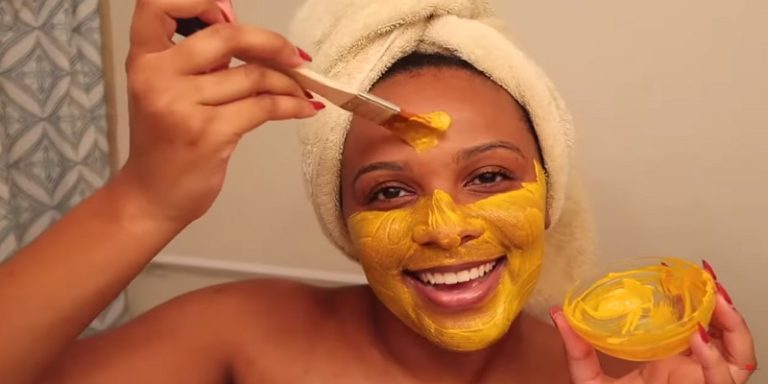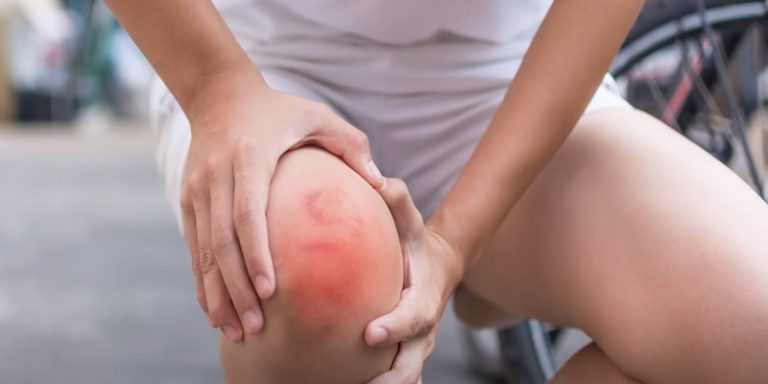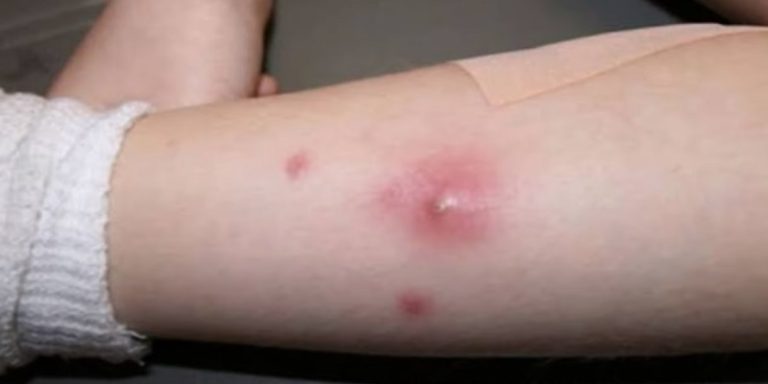Does Your Skin Stop Tanning At A Certain Point?

Last Updated on June 18, 2025 by Jaclyn A. Neeley
Tanning is a popular activity for many people who enjoy the sun-kissed glow it provides. However, there is often confusion about whether the skin can continue to tan indefinitely or if there is a limit to how dark it can get. This article explores the science behind tanning, the factors that influence it, and whether your skin can reach a tanning plateau.
The Science Behind Tanning
Tanning is the process by which the skin darkens in response to exposure to ultraviolet (UV) radiation from the sun or artificial sources like tanning beds. This process involves the production of melanin, a natural pigment produced by cells called melanocytes. Melanin absorbs UV radiation, protecting the skin from further damage and giving it a darker appearance.There are two types of melanin: eumelanin (dark brown) and pheomelanin (red). The type and amount of melanin produced depend on genetic factors and the type of UV exposure. UVA radiation causes immediate pigment darkening (IPD) by oxidizing existing melanin, while UVB radiation leads to delayed tanning by increasing melanin production through a process called melanogenesis.
Immediate Pigment Darkening (IPD) vs. Delayed Tanning
The tanning process occurs in two phases: immediate pigment darkening (IPD) and delayed tanning. IPD is a rapid darkening of the skin that begins during UV exposure and is most visible immediately. It is caused by a change in melanin already present in the skin and is more pronounced in individuals with significant existing pigmentation. IPD can fade within minutes of short exposures or last several days after longer exposures.
Delayed tanning, primarily induced by UVB exposure, results from increased melanin production and becomes visible 72 hours after exposure. Both UVA and UVB radiation can initiate delayed tanning by exciting melanocytes, which release more melanin into the skin. Delayed tanning requires larger doses of UV radiation for any given response and tends to last longer than IPD.
Factors Influencing Tanning
Several factors influence how well and how long your skin tans:
- Skin Type: The Fitzpatrick skin type scale classifies skin into six types based on its reaction to UV exposure. People with lighter skin (types I and II) burn more easily and tan less, while those with darker skin (types V and VI) tan more easily and burn less.
- Genetics: Genetic factors determine the amount and type of melanin your skin can produce. Individuals with more melanocytes and higher eumelanin production tend to tan more deeply.
- UV Exposure: The intensity and duration of UV exposure play a significant role in tanning. Higher UV index levels and longer exposure times result in more significant tanning but also increase the risk of skin damage.
- Age: As you age, your skin’s ability to produce melanin may decrease, affecting how well you tan. Additionally, older skin may be more prone to damage from UV exposure.
Tanning Plateau: Does It Exist?
A tanning plateau occurs when your skin reaches a point where it no longer darkens despite continued UV exposure. This phenomenon is due to several factors:
- Melanin Production Limit: Melanin production is not infinite. After a certain amount of UV exposure, melanocytes reach their maximum capacity for melanin production. Continuous exposure beyond this point will not result in further tanning but can cause sunburn and skin damage.
- Skin Thickness: As you tan, your skin may thicken, making it harder for UV light to penetrate and stimulate further melanin production. This increased thickness can contribute to the tanning plateau.
- Melanin Cut-Off Point: Everyone has a melanin cut-off point, which is the maximum amount of melanin their skin can produce. This cut-off point varies among individuals and is influenced by genetic factors.
Overcoming the Tanning Plateau
If you find that your skin has stopped tanning, there are a few strategies you can try to overcome the tanning plateau:
- Switch Tanning Products: Using different tanning lotions can help stimulate melanin production. Switching between intensifiers, accelerators, and bronzers can prevent your skin from becoming accustomed to a single product.
- Alternate Tanning Methods: Changing between stand-up and lay-down sunbeds can help achieve a more even tan and stimulate different levels of the skin. Stand-up sunbeds, in particular, can enhance blood circulation and promote darker tanning.
- Take Breaks: Allowing your skin to rest between tanning sessions gives melanocytes time to produce additional melanin. This rest period can help maximize your tan while minimizing skin damage.
- Exfoliate and Moisturize: Regular exfoliation removes dead skin cells, allowing for a more even tan. Moisturizing keeps your skin hydrated and prevents peeling, which can help maintain your tan longer.
The Risks of Tanning
While achieving a tan may be desirable for some, it is essential to be aware of the risks associated with UV exposure:
- Skin Cancer: Tanning increases the risk of developing skin cancer, including melanoma, the deadliest form. Both natural sunlight and tanning beds can cause genetic damage to skin cells, leading to cancer.
- Premature Aging: UV exposure accelerates the aging process, causing wrinkles, dark spots, and leathery skin. This condition, known as photoaging, results from the breakdown of collagen and elastin fibers in the skin.
- Sunburn: Overexposure to UV radiation can cause sunburn, characterized by redness, pain, and peeling. Severe sunburns can lead to long-term skin damage and increase the risk of skin cancer.
Safe Tanning Practices
To minimize the risks associated with tanning, consider the following safe tanning practices:
- Use Sunscreen: Apply sunscreen with at least SPF 30 before sun exposure. Sunscreen protects your skin from harmful UV rays while still allowing you to achieve a tan.
- Limit Exposure: Avoid prolonged exposure to the sun, especially during peak hours (10 a.m. to 4 p.m.). Take breaks in the shade to prevent overexposure.
- Wear Protective Clothing: Use sunglasses, hats, and clothing that cover your skin to reduce UV exposure. Dark and bright-colored clothes provide better UV protection.
- Stay Hydrated: Drink plenty of water to keep your skin hydrated and healthy. Hydrated skin tans more evenly and is less prone to peeling.
- Consider Sunless Tanning: Sunless tanning products, such as self-tanners and bronzers, provide a safe alternative to UV exposure. These products can give you a tan without the associated risks of sun damage.
Conclusion
In conclusion, while your skin can tan to a certain extent, it does reach a point where it stops darkening despite continued UV exposure. This tanning plateau is due to the limited capacity of melanocytes to produce melanin and the increased thickness of tanned skin. Understanding the science behind tanning and adopting safe tanning practices can help you achieve a desirable tan while minimizing the risks of skin damage and other health issues. Remember, there is no such thing as a completely safe tan, so always prioritize protecting your skin from harmful UV radiation.
FAQs
Is there a point when you can’t tan anymore?
Yes, there is a limit to how dark you can tan. This limit is determined by your skin type and the amount of melanin your body can produce. Once your skin reaches its maximum melanin production, it won’t get any darker regardless of additional sun exposure.
Why is my tan not getting darker?
Your tan may not be getting darker due to several factors, including the type of tanning lotion used, the frequency of tanning sessions, and your skin’s natural melanin production limits. Using products that block pores or not allowing enough time between sessions for melanin to rise to the skin’s surface can also hinder tanning.
Why do certain parts of your body not tan?
Certain parts of the body, like the buttocks, do not tan as easily due to differences in skin thickness and melanin production. These areas are more resistant to UV radiation and may burn rather than tan. Additionally, areas frequently covered by clothing lack a “base tan,” making them more susceptible to burning.
How long will the skin stay tan?
A natural suntan typically lasts 7-10 days before the outer layer of the skin begins to exfoliate naturally. The duration can vary based on skin type and care routines. Proper hydration and moisturizing can help prolong the tan, while exfoliation and dry skin can cause it to fade faster.
How does the tanning process differ between skin and leather?
Tanning skin involves melanin production in response to UV exposure, which darkens the skin to protect against radiation. Leather tanning, however, is a chemical process that stabilizes animal hides using tannins, preventing decomposition and making the material durable and flexible. The two processes are fundamentally different in purpose and method.






